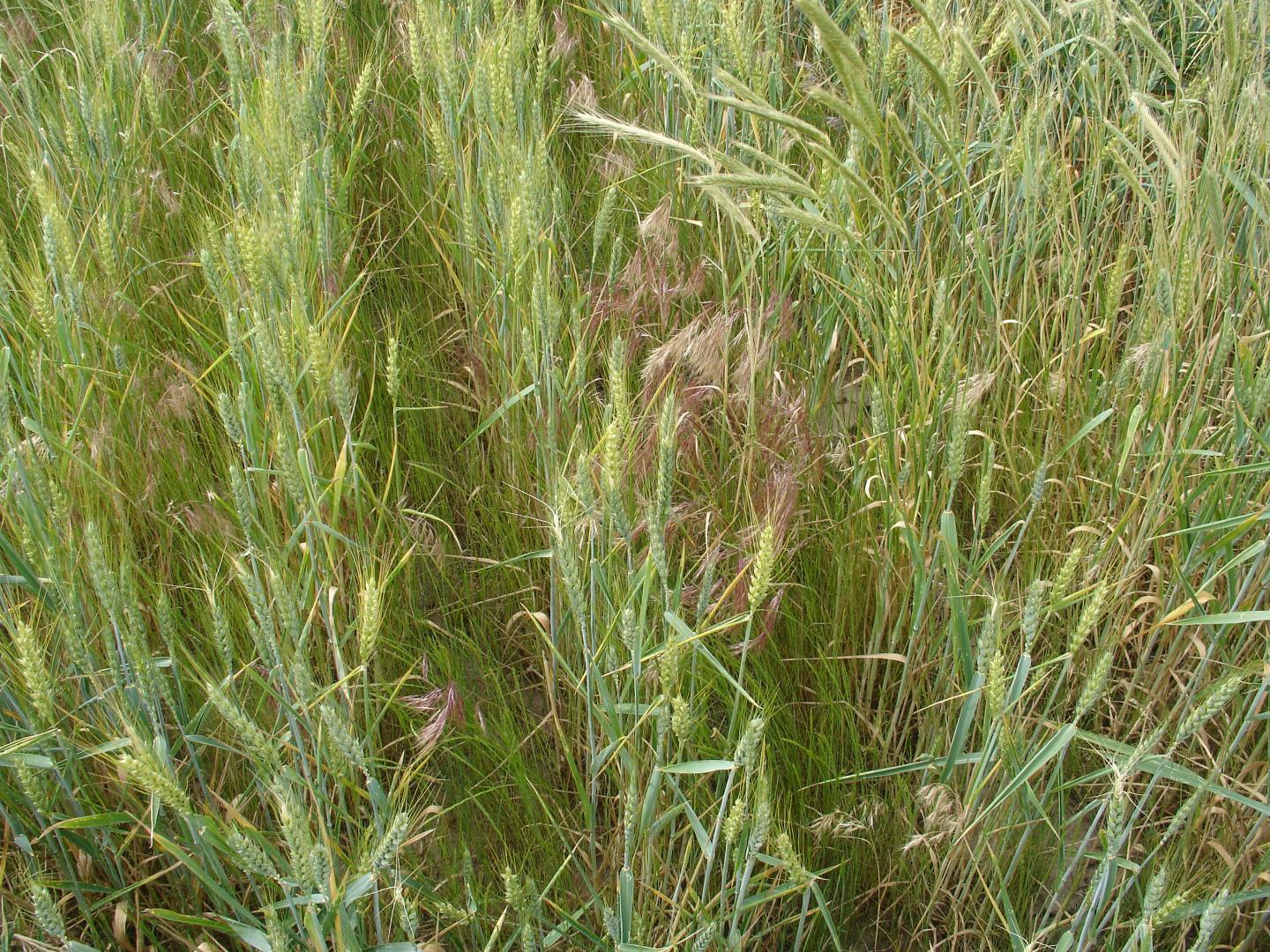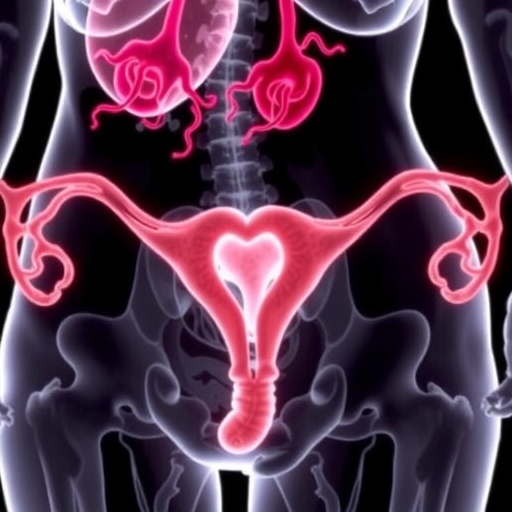
Credit: Photo taken by Judit Barroso on May 24, 2016.
WESTMINSTER, Colorado – March 02, 2021 – Herbicide-resistant weeds have fueled a growing demand for effective, nonchemical weed controls. Among the techniques used are chaff carts, impact mills and other harvest-time practices that remove or destroy weed seeds instead of leaving them on the field to sprout.
A recent article in the journal Weed Science explores whether such harvest-time controls would be effective against downy brome, Italian ryegrass, feral rye and rattail fescue – weeds that compete with winter wheat in the Pacific Northwest. Researchers set out to determine whether the four retained a significant number of seeds at harvest time and whether those seeds were high enough on the plant to be captured.
Data collected from five commercial farms in Oregon and Washington over three growing seasons revealed the following insights:
- Weed seed production, seed retention at harvest and plant height differed among the four weed species and varied across field locations and growing years.
- Environmental conditions were found to influence when weed seeds started to shatter and drop and at what rate that shattering occurred.
- Though further research is needed, seed production and shattering patterns also appeared to be influenced by agronomic factors, including herbicide use, row spacing, and the height and vigor of the crop.
- Feral rye exhibited the greatest potential for harvest-time control due to slower shattering rates and higher seed retention (54 percent on average). The remaining weeds in the study had an average seed retention at harvest of less than 50 percent.
- The low height of rattail fescue at harvest makes that species a poor candidate for harvest-time weed seed controls.
“We found that the efficacy of harvest-time weed controls in winter wheat varies by weed species and is dependent on the environment and growing conditions,” says Carolina San Martín, Ph.D., of Oregon State University. “It is also clear that when harvest-time controls are used, growers should harvest as soon as possible after crop maturity to capture as many of the remaining weed seeds as possible.”
###
To learn more, read the article “Seed Retention of Grass Weeds at Wheat Harvest in the Pacific Northwest” online.
About Weed Science
Weed Science is a journal of the Weed Science Society of America, a nonprofit scientific society focused on weeds and their impact on the environment. The publication presents peer-reviewed original research related to all aspects of weed science, including the biology, ecology, physiology, management and control of weeds. To learn more, visit http://www.
Media Contact
Natalie Warrender
[email protected]
Original Source
https:/
Related Journal Article
http://dx.





